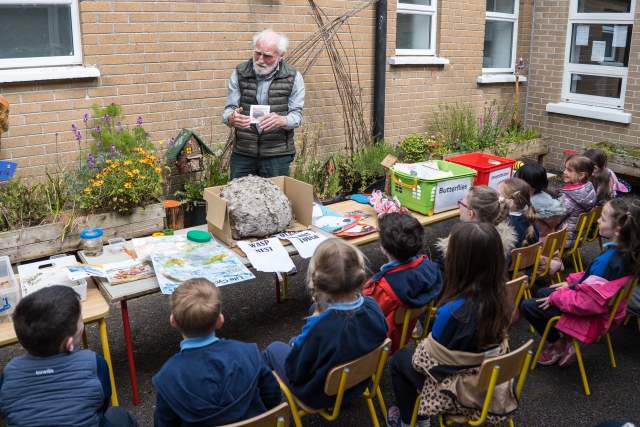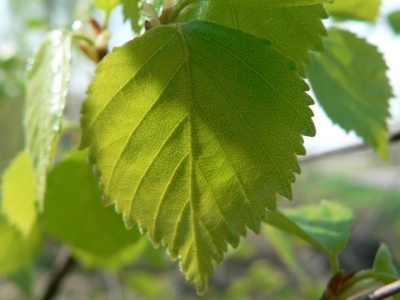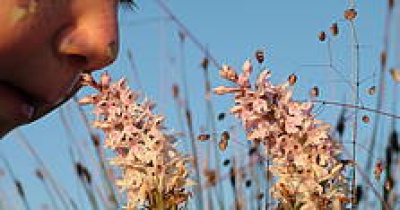Blackbirds (All About)
The blackbird is one of the most common birds found in gardens, both in cities and towns and in rural areas. There are nearly two million breeding pairs in Ireland and the song of the male is very familiar - particularly as he is generally the very first to lead off the dawn chorus each morning in early summer. Only males sing - this is true for all birds - and the blackbird is singing to attract a mate and to hold territory. It is not long before he is successful, and himself and his newly acquired mate are building their cup-shaped nest out of plant material lined with a mixture of mud and dead grass
Read moreRead lessThree to five eggs are laid, which take fifteen days to incubate. Baby blackbirds are fed by both parents on a mixture of insects and earthworms. By fifteen further days they fledge and leave the nest. However, the baby birds are still dependent on their parents for a further three weeks to teach them how to find food for themselves and at this time baby blackbirds are vulnerable to attacks from cats, magpies and other enemies. Adult blackbirds will rear two and sometimes three broods in a single year.
Adult male blackbirds are jet black with a bright orange bill and orange eye ring. Female blackbirds are dark brown in colour and lack the bright orange beak of the male. Juvenile blackbirds are black with brown speckles. Blackbirds are omnivores, which means they eat high-protein food such as worms and insects when available and indeed feed this to their young - but in winter when such food is not available, they can eat and digest fruit and berries which they swallow whole.
Things to do
1. It is very important to feed birds during spells of bad weather in winter so the class could set a bird table within view of the classroom window and put out food such as bread, seedcake, seeds and fruit. Half-apples on the ground are particularly popular with them too. It is important to put out fresh water for birds to drink and to bathe in.








